Sipping on History
The earliest iteration of the Sazerac is said to have been created in 1838 by Antoine Peychaud. If that name sounds familiar, it's probably because of Peychaud's Bitters, which are still regularly used in cocktail making today. Born in the French colony of Saint-Domingue (modern day Haiti), Peychaud came to New Orleans with his family in the 1790's after the slaves on his father's coffee plantation revolted. As an adult, Peychaud opened an apothecary shop at 437 Rue Royale in the French Quarter. It is here that he created the recipe for his famous bitters, which he added to medicinal concoctions as well as spirits like cognac.
However, the Sazerac truly got its start in the 1850's when Sewell T. Taylor sold his bar, The Merchant's Exchange Coffee House, and began importing a brand of cognac called Sazerac-de-Forge et Fils. The Merchant's Exchange was purchased by Aaron Bird, who changed the name to Sazerac Coffee house. This is allegedly where the Sazerac was truly born, when Bird began serving a cocktail with the cognac imported by Taylor and the bitters sold by Peychaud. Over the years, the bar changed hands several time, but was eventually sold to Thomas Handy around 1870. Around this time, whiskey was often used instead of cognac due to the impact of the phylloxera aphid, which devastated French grape farming and halted the production of cognac. Sometime before his death in 1889, Handy recorded the recipe for the Sazerac, which appeared in William T. Boothby's 1908 book, The World's Drinks and How to Mix Them.
The recipe in Boothby's book is as follows:
- 3/4 jigger whiskey
- 2 dashes Peychaud
- Absinthe to wet glass
- 1/2 spoon sugar syrup
- 1 slice lemon peel
Though it's been over a century, the recipe for a Sazerac has stayed much the same to its earliest recorded iteration. The standard recipe for a modern Sazerac is as follows:
- 2 oz whisky or cognac
- 1/4-1/2 oz simple syrup
- 3-5 dashes Peychaud's Bitters
- Absinthe rinse
- Lemon peel garnish
Much like the Old-Fashioned, the use of syrup and bitters in the classic Sazerac creates an opportunity to imbue the cocktail with different flavours. We decided to take advantage of this in this recipe by using orange syrup (made by simmering orange slices in sugar and water) and bitters. Other flavours that would be delicious in a Sazerac include:
- Cardamom
- Ginger
- Cherry
- Blackberry
- Cinnamon
It is safe to say that after the Sazerac has cemented itself in New Orleans' culture; so much so that in 2008, the Louisiana Legislature declared the Sazerac as New Orleans' official cocktail. So, take a sip of history and make yourself a Sazerac - we have a wonderful recipe down below where you can start.
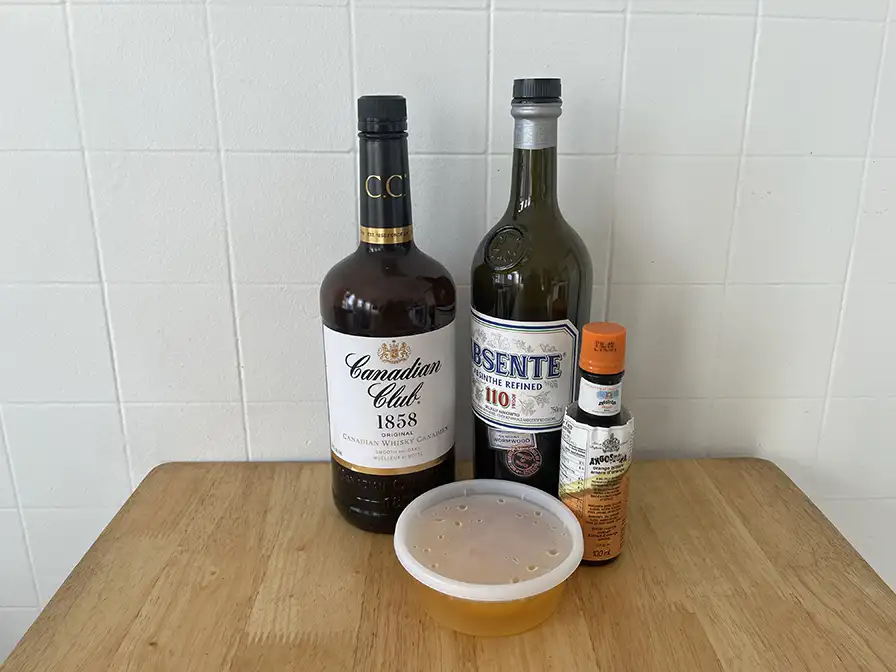
How to make it
Mix, stir, and serve
Add you rye, orange syrup, and orange bitters into a mixing glass with ice: stir until well chilled.

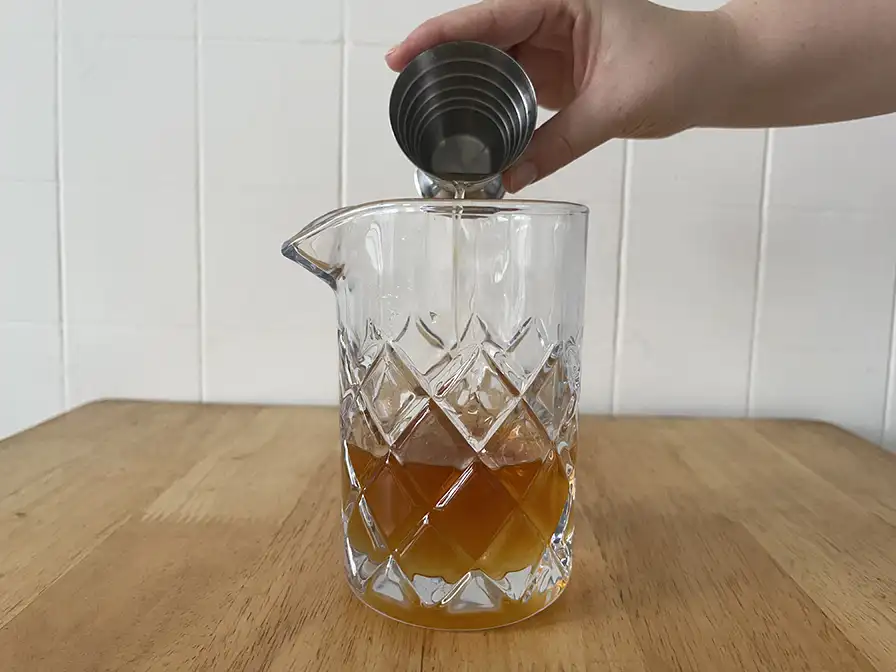
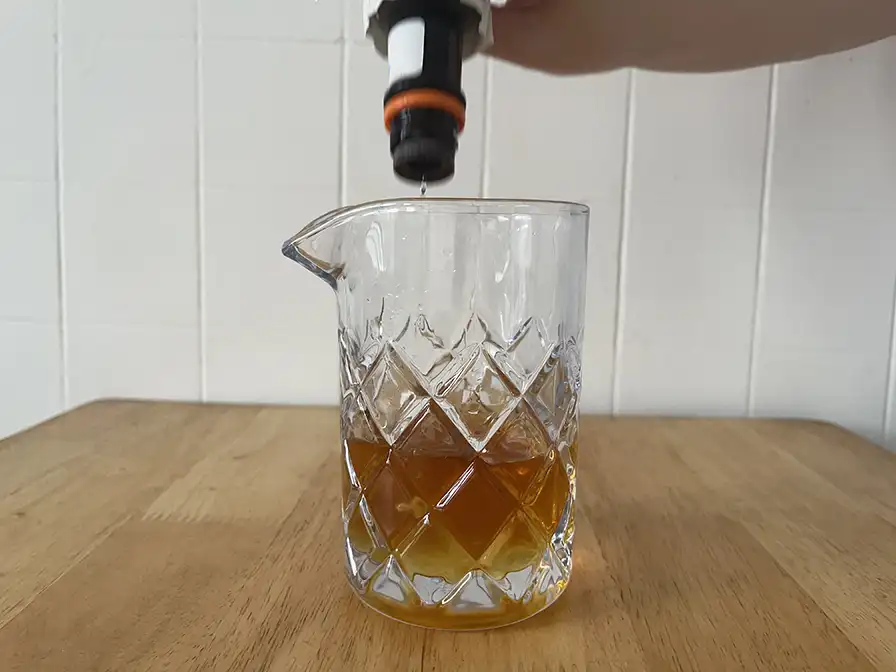
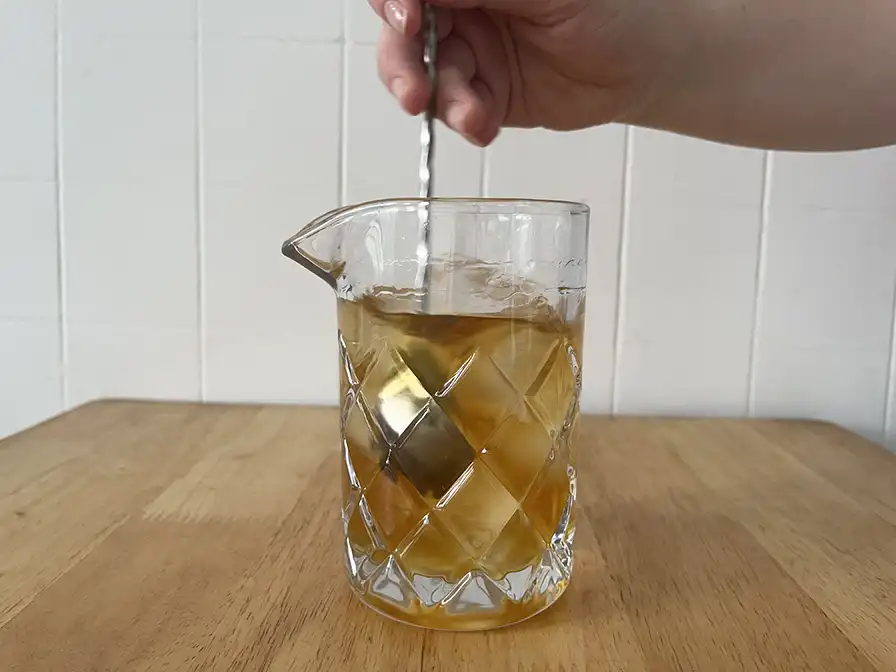
Take your chilled cocktail glass and spray absinth in the inside walls of the glass, "rinsing" it with absinth. Put a couple of rocks of ice into the glass
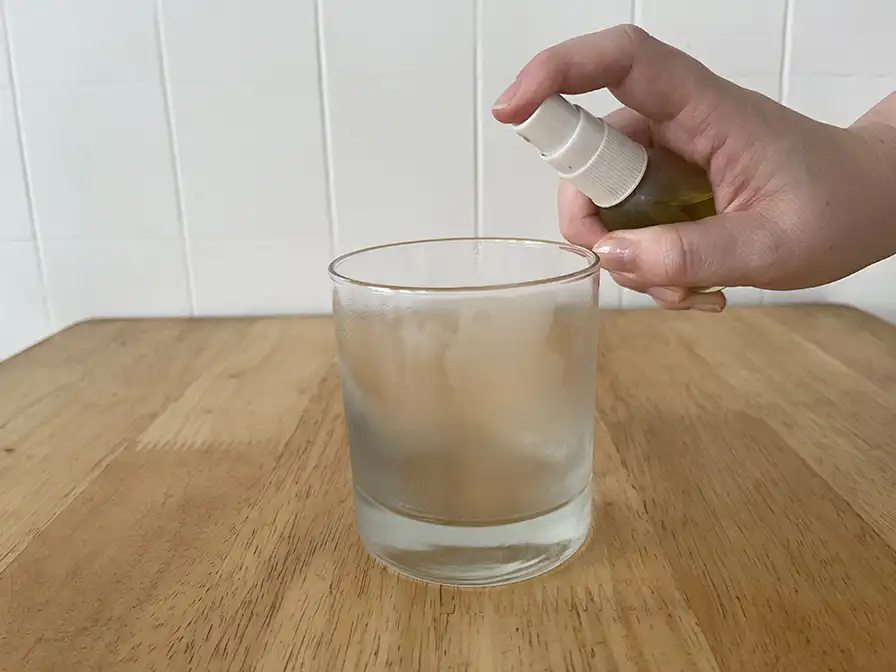
Strain your mixture into the glass over the ice, and garnish with orange peel or a slice of dehydrated orange.
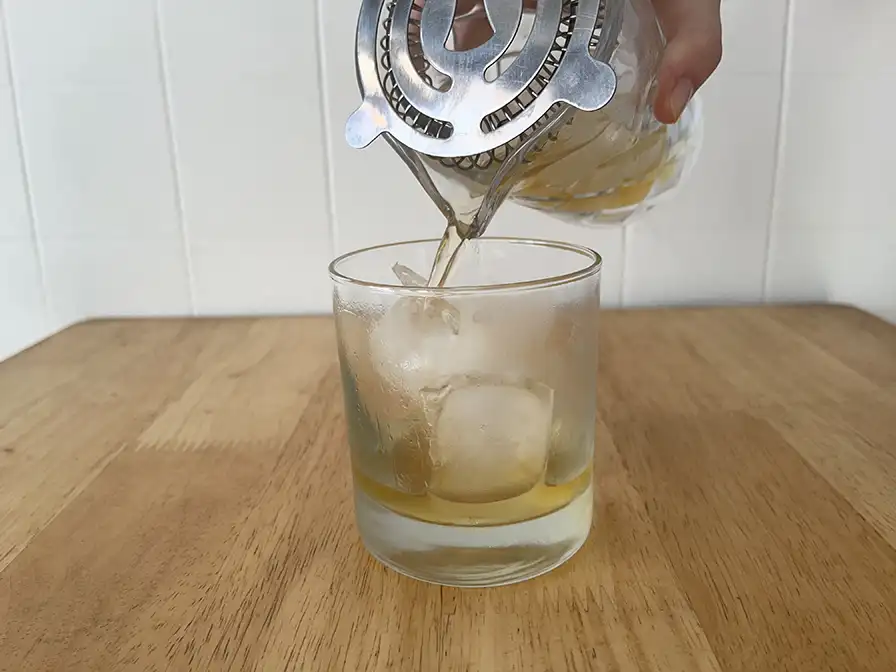
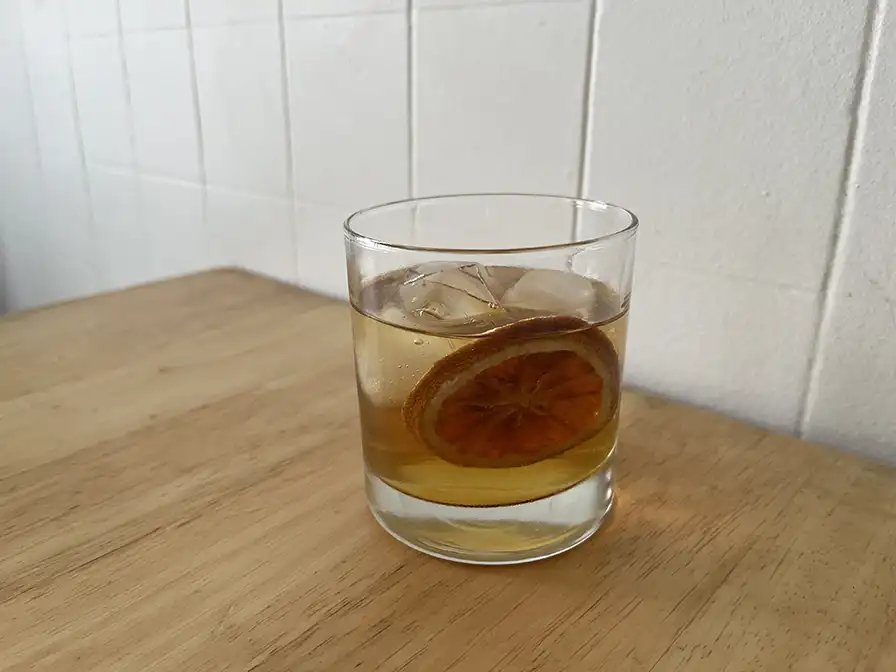
Orange Sazerac
- 2 oz (60 ml) rye whisky
- 1/2 oz (15 ml) orange syrup
- 5 dashes orange bitters
- Absinth rinse
- Mixing glass
- Barspoon
- Hawthorne strainer
- Old-Fashioned glass
- Ice
- Add rye, orange syrup, and orange bitters to a mixing glass with ice.
- Stir until well-chilled and strain over ice into an absinthe-rinsed Old-Fashioned glass.
- Garnish with and orange twist or dried orange wheel.
